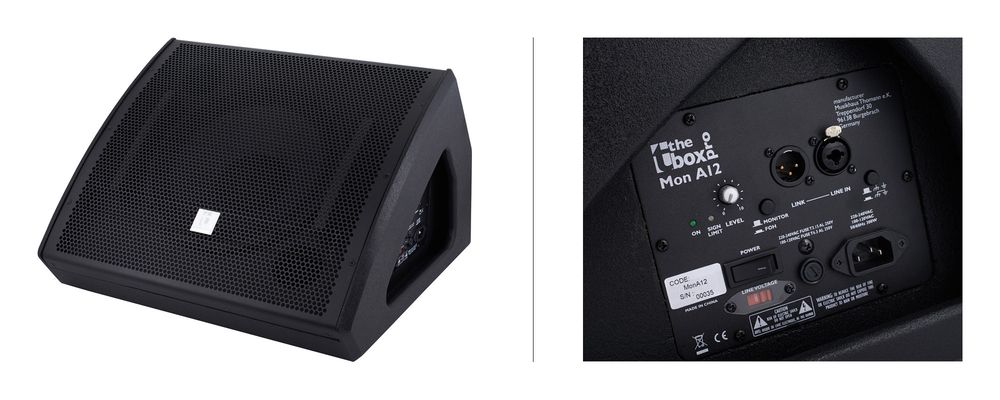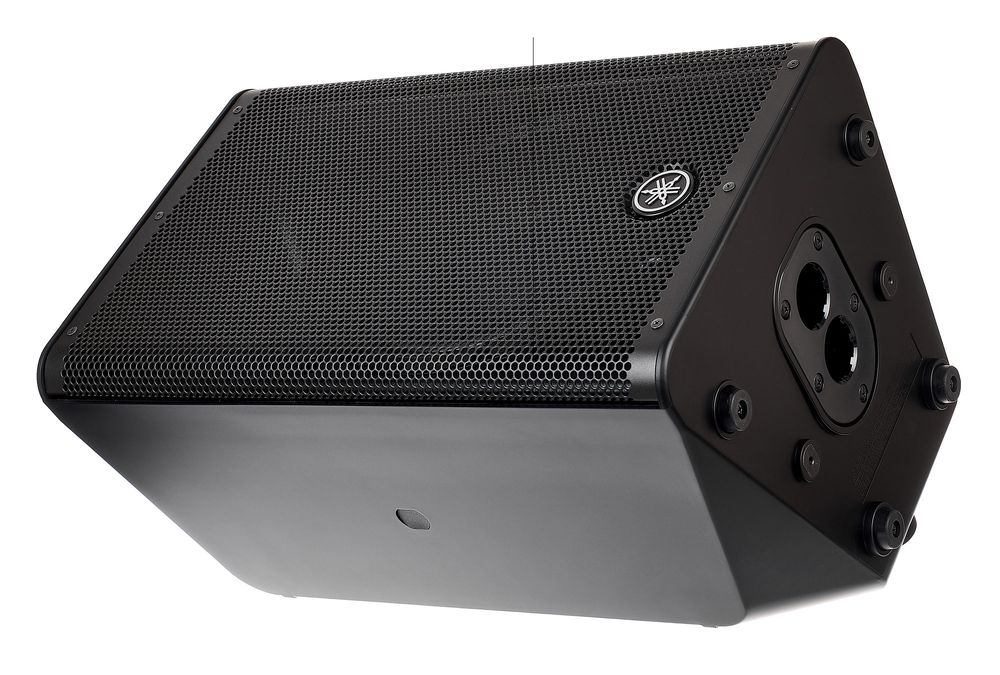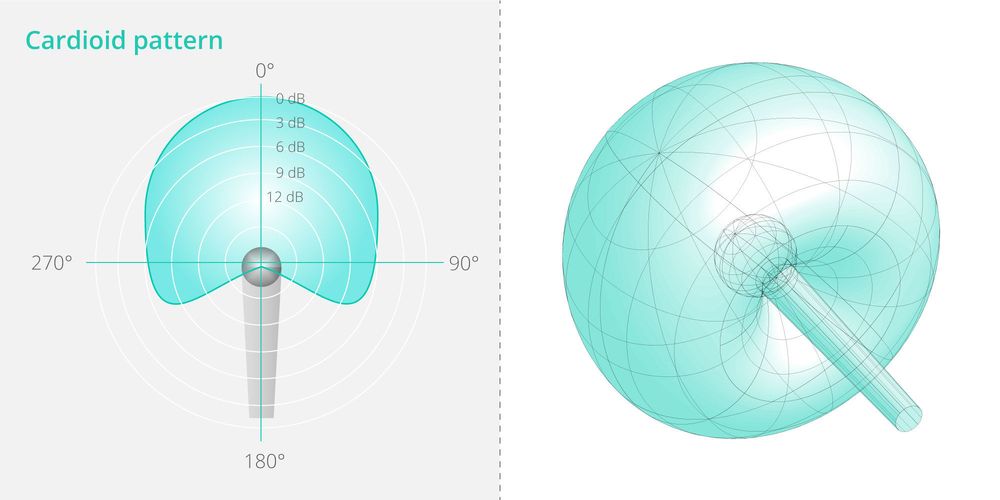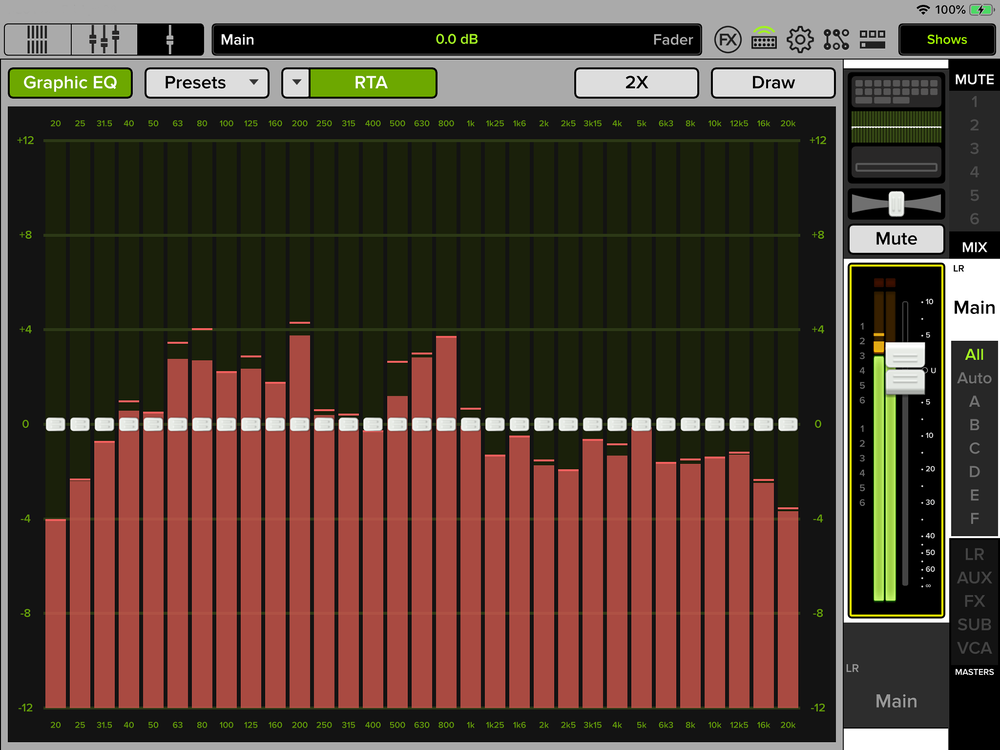3. Conventional Monitoring with Speakers
The classic form of monitoring is with stage monitors. On most small stages, you'll find these wedges—especially when monitors are provided by the organizer or venue. However, if you, as a band, plan to invest in your monitoring equipment, traditional stage monitors could be the right choice. Yet, there are a few things to consider when making a purchase.

Active Stage Monitor
Active or Passive?
When it comes to their design, you have several options. Do you want an active or passive speaker? Passive speakers are suitable if you want minimal power cabling on stage and/or have a central amp rack. However, nowadays, just like with "normal" speakers, there's more variety in active monitors than passive ones. Active monitors often feature not only an amplifier but also a DSP (Digital Signal Processor). Depending on the DSP's features, you can, for example, equalize the signal via an EQ or choose sound presets for different scenarios. This enhances the speaker's flexibility. However, since each monitor requires its power source, the cabling on stage increases.
Ultimately, you decide what works best for you. Active speakers offer a broader selection, providing more options.
Wedge or Multifunctional Speaker?
Many manufacturers offer multifunctional speakers. These can function both as regular PA speakers and as monitors.

Multifunctional speakers in a monitoring application
The significant advantage here is their high versatility in everyday use. These speakers can, for instance, be on a stand in a rehearsal room but also function as a monitor for a gig. They can serve as a keyboard monitor at home and then be mounted on a stand for live performances to address the audience. Speakers with DSP often come with presets for both monitor and FOH applications, aiming to achieve optimal sound quality in any situation. Wedges are generally designed for pure monitor use. Their dispersion angle and sound behavior are geared for use on the floor. They often feature coaxial drivers where the tweeter sits on the same axis as the woofer. This ensures consistent sound behavior at different positions in front of the monitor. An added benefit is their compact size, making them appealing for those emphasizing compact dimensions. Again, it's your call to decide what suits your needs. Those valuing flexibility might lean toward a multifunctional speaker. If compactness is the goal, a wedge with a coaxial speaker is often the right choice.
Sound
Monitors usually sound different from regular full-range speakers. On stage, clarity and vocal intelligibility is the main goal. In many cases, wedge monitors may have a somewhat leaner bass because, on stage, the bass component is usually coming from subwoofers. The lower the frequency, the harder it is to control sound directionality. Subwoofers generally radiate sound in all directions. If the subwoofers are placed under the stage, it can create a significant rumble. If your monitor speaker produces a lot of bass, it might not be advantageous in such a setup. When testing monitors, consider this and don't be swayed by overly "boomy" sound. Instead, focus on a well-balanced and non-fatiguing midrange.
However, if you still need a solid bass foundation for monitoring, adding a subwoofer to the monitor is an option to consider. This is particularly common among drummers, and such a set is often referred to as a Drum Fill.

Drum Fill consisting of a wedge and subwoofer (License: CC BY-SA 3.0 https://www.nexo-sa.com)
Feedback
The most significant issue with monitoring through speakers is feedback. Feedback occurs when the sound reproduced from the speaker is picked up again by a microphone, creating a loop. The result is usually an unpleasant squeal.
How to avoid feedback?
- Simple and effective: lower the volume and/or increase the distance between the microphone and the monitor.
- Position the monitor based on the microphone's directional characteristics: The microphone's directional characteristics indicate where it captures the most and least sound. For example, in a cardioid pattern, the microphone's least sensitive area is usually where the cable plugs in. On a polar pattern diagram, you'll notice that at 0° (the direction of sound entry), the microphone captures the most sound. At 180°, the microphone's sensitivity is the least. In this case, the monitor should be placed directly behind the musician, effectively facing away from the microphone.

Cardioid pattern on a vocal microphone with a polar diagram
The optimal position of the monitor varies depending on the microphone's directional characteristics.
For those interested in learning more about microphones and their directional characteristics, our online guide on "Live Vocal Microphones" is recommended.
- Ring out: Feedbacks seldom occur simultaneously across the entire frequency spectrum. Therefore, you can control feedback by specifically reducing troublesome frequencies. The most effective way to do this is with a graphic equalizer. A Real-Time Analyzer can assist in quickly identifying the correct frequency. Digital mixers often incorporate both of these features. During the ring-out process, gradually increase the microphone's volume during the soundcheck. When feedback occurs, use the graphic EQ to reduce the offending frequency(s). Repeat this process until you reach the desired stage volume. Also, leave some "headroom." This way, you'll be on the safe side during the gig and won't be plagued by feedback if the singer needs more volume on the monitor.

Real-Time Analyzer in a digital mixer's graphic EQ (License: CC BY-SA 3.0 https://www.mackie.com/)
Real-Time Analyzers are also available as apps for smartphones and tablets. Thus, even owners of analogue equipment can benefit from these helpful tools. While these apps might not be as accurate as professional devices, they are still immensely helpful, especially if your ear is not (yet) trained.







